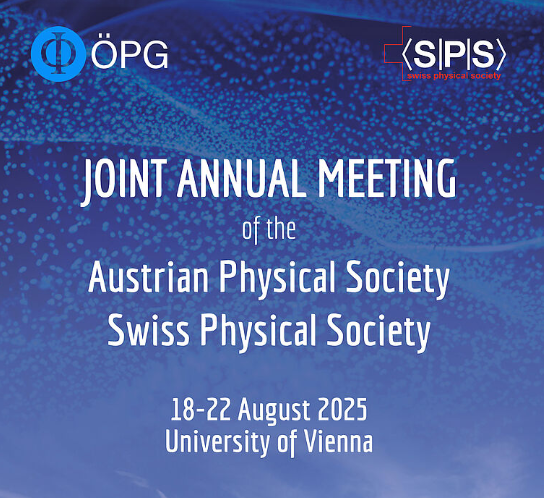https://doi.org/10.1140/epjc/s10052-018-6190-5
Regular Article - Theoretical Physics
Cosmological constant constraints from observation-derived energy condition bounds and their application to bimetric massive gravity
1
Instituto de Ciência e Tecnologia, Universidade Estadual Paulista (UNESP), São José dos Campos, SP, 12247-004, Brazil
2
Universidade do Estado do Rio Grande do Norte, Mossoró, RN, 59610-210, Brazil
3
Instituto Nacional de Pesquisas Espaciais, Divisão de Astrofísica, Av. dos Astronautas 1758, São José dos Campos, SP, 12227-010, Brazil
4
Laboratoire d’Annecy de Physique des Particules (LAPP), Université Savoie Mont Blanc, CNRS/IN2P3, 74941, Annecy, France
5
Instituto de Física, Universidade de Brasília, Caixa Postal 04455, Brasília, DF, 70919-970, Brazil
6
Centro Brasileiro de Pesquisas Físicas, Rua Dr. Xavier Sigaud 150, Rio de Janeiro, RJ, 22290-180, Brazil
7
Centre for Cosmology, Particle Physics and Phenomenology, Institute of Mathematics and Physics, Louvain University, 2 Chemin du Cyclotron, 1348, Louvain-la-Neuve, Belgium
8
Institut d’Astrophysique de Paris, GReCO, UMR7095 CNRS, 98 bis boulevard Arago, 75014, Paris, France
* e-mail: marcio.alves@unesp.br
Received:
29
May
2018
Accepted:
27
August
2018
Published online:
4
September
2018
Among the various possibilities to probe the theory behind the recent accelerated expansion of the universe, the energy conditions (ECs) are of particular interest, since it is possible to confront and constrain different theories of gravity with observational data. In this context, we use the ECs to probe any alternative theory of gravity whose extra term acts as a cosmological constant. For this purpose, we apply a model-independent approach to reconstruct the recent expansion of the universe. Using Type Ia supernova, baryon acoustic oscillations and cosmic-chronometer data, we perform a Markov Chain Monte Carlo analysis to put constraints on the effective cosmological constant  . In addition, we find out that about 30% of the posterior distribution is incompatible with a cosmological constant, showing that this method can potentially rule it out as a mechanism for the accelerated expansion. We also study the consequence of these constraints for two particular formulations of the massive gravity in a scenario where both theories mimic General Relativity with a cosmological constant. Using the
. In addition, we find out that about 30% of the posterior distribution is incompatible with a cosmological constant, showing that this method can potentially rule it out as a mechanism for the accelerated expansion. We also study the consequence of these constraints for two particular formulations of the massive gravity in a scenario where both theories mimic General Relativity with a cosmological constant. Using the  observational bounds along with the upper bounds on the graviton mass we obtain constraints on the parameter spaces of both theories.
observational bounds along with the upper bounds on the graviton mass we obtain constraints on the parameter spaces of both theories.
© The Author(s), 2018




